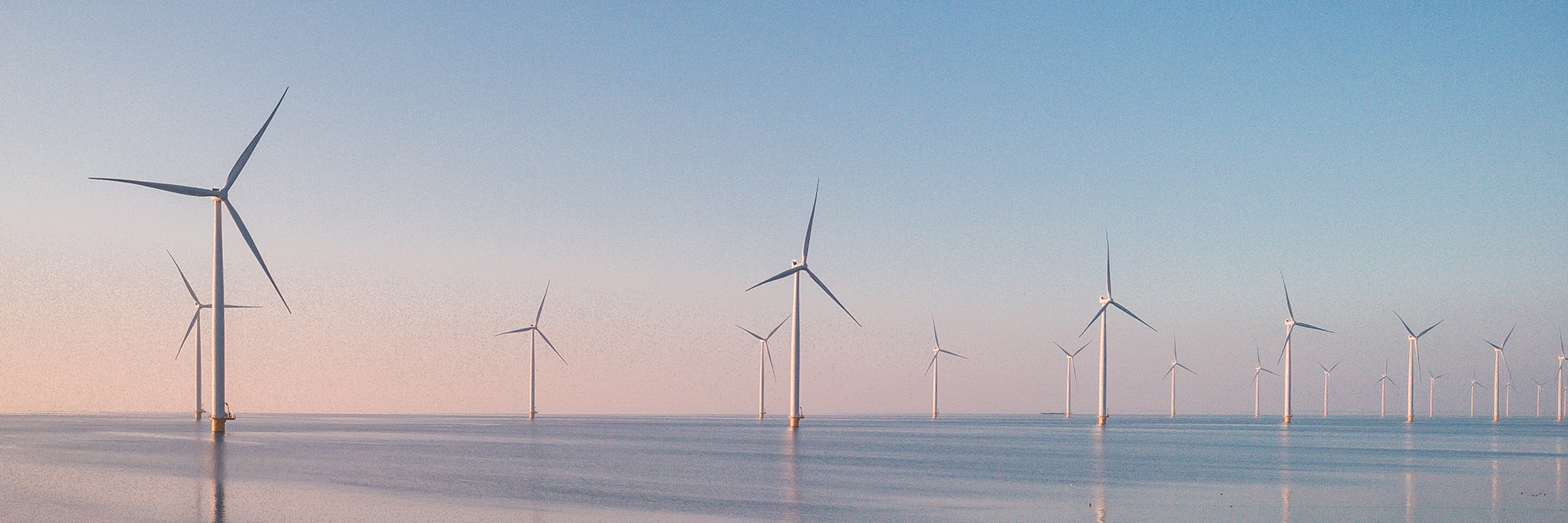The Government has recognised the existing environmental legislation is not fit for purpose and is proposing a new regime to remove barriers and stimulate investment. A key issue to be addressed in the new regime is a tension between the positive benefits of increasing renewable energy supply, and the environmental risks of undertaking offshore activities.
Renewable energy is a focus for reducing greenhouse gas emissions
The Government has committed to reducing New Zealand’s net emissions of all greenhouse gases (except biogenic methane) to zero by 2050. It has also set a target that 50% of total energy consumption will come from renewable sources by 2035 and an aspirational target of 100% renewable electricity by 2030.
These targets are part of the broader strategy to reduce greenhouse gas emissions to achieve New Zealand’s international obligations under the Paris Agreement.
Interest is growing in offshore energy
Developers are exploring opportunities for offshore wind, solar and ocean (wave and tidal) energy development in Aotearoa New Zealand.
The most developed technology is fixed foundation offshore wind. The country has significant potential for offshore wind generation due to strong coastal winds and the ninth largest exclusive economic zone in the world. Taranaki, Waikato and Southland regions have been identified as areas with the greatest potential.
However, large-scale feasibility studies which would provide developer confidence in international offshore regulatory regimes have not yet been completed in Aotearoa New Zealand. This is in part due to the lack of a clear consenting pathway under our existing environmental legislation for both feasibility studies and development.
MBIE is consulting on new regulatory settings for offshore feasibility studies and development
There is currently no specific regulatory regime for offshore energy development in Aotearoa New Zealand. The primary legislation regulating offshore renewable energy projects in New Zealand is the Resource Management Act 1991 (RMA) out to 12 nautical miles offshore, and the Exclusive Economic Zone and Continental Shelf (Environmental Effects) Act 2012 (EEZ Act) from 12 nautical miles to 200 nautical miles offshore. Both provide for a consenting regime focussed on managing environmental effects.
The Ministry for Business, Innovation and Employment (MBIE) has conceded that these regimes are not fit for purpose and is developing new regulatory settings that will encourage the exploration and development of offshore renewable energy resources. The new settings are expected to be in place by 2024.
MBIE is considering the new regulatory settings in two stages:
- Identifying where offshore generation could potentially occur, and the settings necessary to enable developers to undertake feasibility assessments; and
- Enabling infrastructure to be constructed, operated (and connected to the national grid) and decommissioned.
MBIE’s preferred option for the first stage is a system where developers apply for permits to undertake their own feasibility studies for offshore energy in specific areas (like in Germany and the Netherlands). This is instead of Government-led feasibility studies to identify areas for offshore energy development (the approach taken in the United Kingdom).The proposed criteria for a feasibility permit is:
- the technical, financial and commercial capability of the developer; and
- whether the proposed development is not contrary to Aotearoa New Zealand’s national interest.
It is proposed that feasibility permit-holders would then receive a sole first right to apply for consents to construct and operate offshore energy infrastructure (under the RMA, EEZ Act or other legislation) in those areas.
This feasibility permitting system will have a significant impact on the ability to undertake offshore energy projects, and the make-up of the country’s future offshore energy sector.
The Government intends to consult on the second stage of the new regulatory settings later in 2023. This will focus on the approach to consenting under the RMA and EEZ Act. It is not yet clear how the consenting regimes will be altered to suit (or if new legislation will be introduced) but we anticipate changes will need to strike the right balance between investment certainty and environmental risk.
Existing environmental legislation is not fit for the purpose of offshore energy
A key challenge for the consenting of offshore projects is a lack of information about the offshore environment and the potential effects of new activities and technologies that may be employed.
The consenting processes under the RMA and EEZ Act focus on managing the effects of proposed activities on the environment. However, this is more difficult offshore where information about the environment is scarce and data collection can incur significant cost.
The decision-making framework for the EEZ Act reflects the challenges posed by the lack of information. When making decisions on applications for marine consent under the EEZ Act, decision-makers are required to take into account the ‘best available information’, consider any uncertainty or insufficiency in the available information, and exercise caution when information is uncertain or insufficient. This can result in activities being prevented or restricted in scope where the potential environmental effects are uncertain.
New regulatory settings will need to balance the positive effects of offshore renewable energy and environmental risk
An essential piece in the new regulatory regime is how consenting can reconcile the policy direction and environmental benefits of renewable energy with the environmental uncertainty and risks of undertaking activities offshore.
The feasibility permitting system will help to fill information gaps and assist developers to obtain consents for construction. But will that information be sufficient to provide certainty for consenting of new offshore renewables projects under the existing regulatory regimes?
The Government could consider taking an approach similar to the COVID-19 Recovery (Fast-track Consenting) Act 2020, which has provided an alternative consenting process to the RMA for the last three years. This Act includes different consenting criteria to the RMA focussed on whether an activity meets the purpose of that Act which was to urgently promote employment to support recovery from the economic and social impacts of COVID-19 and to support the certainty or ongoing investment access New Zealand, while continuing to promote the sustainable management of natural and physical resources. A similar approach could be taken for consenting for offshore energy development. Consent applications could be considered under a bespoke Act which more directly recognises the benefits of offshore renewable energy.
The next stage of MBIE’s proposals (expected later in 2023) will shed light on how the Government intends to balance the benefits and risks of offshore renewable energy.
This article was co-authored by Amy Dresser, a solicitor in our Enviornment and Planning team.








